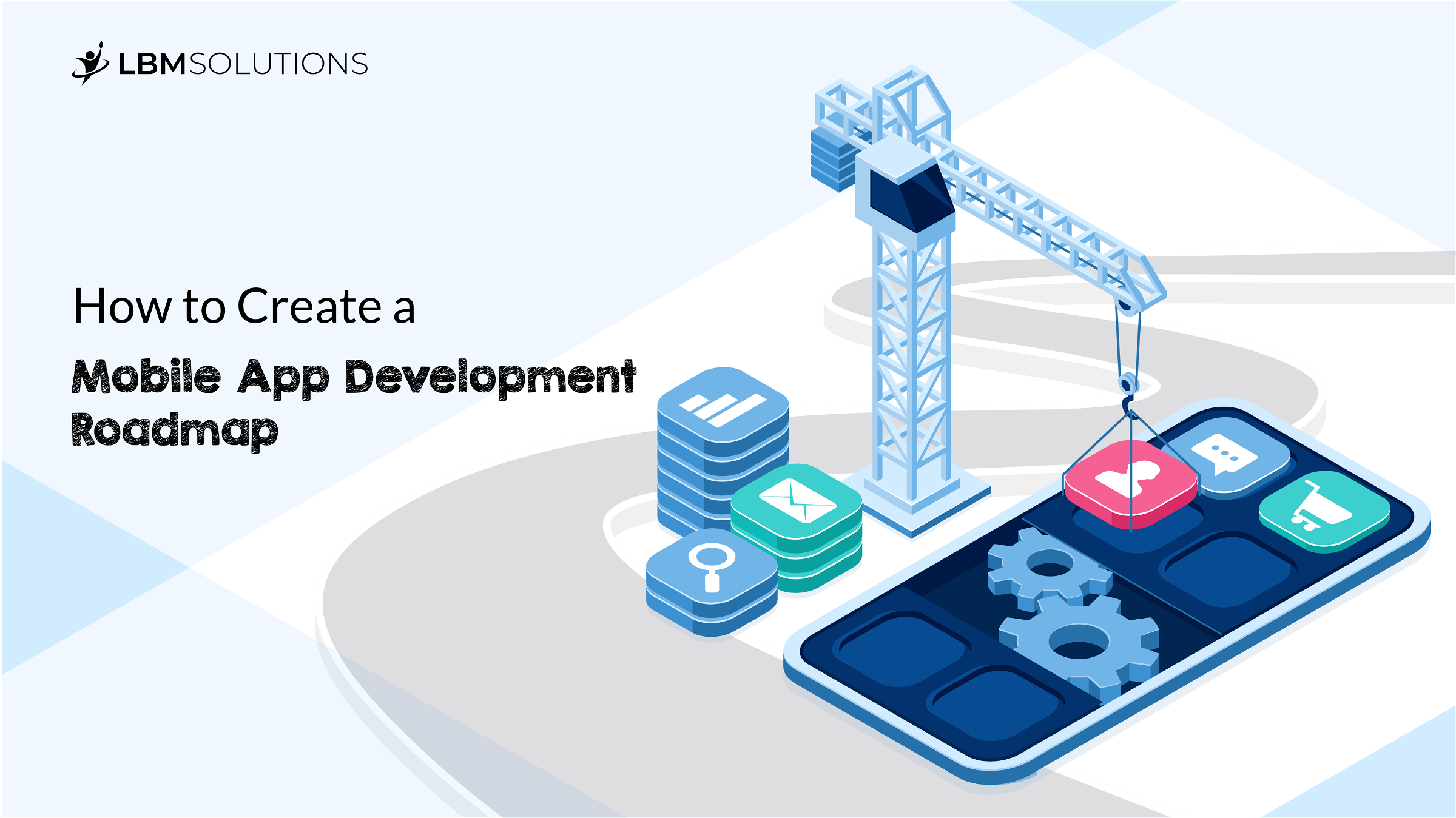Whether you are a tech startup or an established business, having a mobile app development roadmap is essential for the success of your project. It will help you navigate the process of developing your mobile app and ensure that everything runs smoothly. In this blog post, we will discuss the steps involved in creating a successful mobile app development roadmap. But before that, you need to know what a Mobile App Development Roadmap is.
What is Mobile App Development Roadmap?
If you’re like most software product managers, you know that having a roadmap is essential. Roadmap help you plan and prioritize features, as well as informing stakeholders about the progress of your product. But what exactly is a mobile app development roadmap? Let’s dive in and discuss.
A software product roadmap is a high-level visual summary of the development plan for your software product. It provides an overview of how the product will evolve, including major milestones, feature releases, and new versions. A good roadmap should be kept up-to-date so that stakeholders are aware of any changes to the timeline or scope of the project.
Understand Your Objectives
Before you begin any project, it’s important to have a clear understanding of what your overall objectives are. What do you want to achieve with your mobile app development? Are you looking to increase customer engagement or build brand awareness? Whatever your goals may be, understanding them will help inform the decisions that you make throughout the development process.
Research Your Audience
Before beginning any kind of development work, understand your target audience. Researching your audience can help give you insights into how best to design and develop your mobile app so that it meets their needs and provides value. It can also be useful in helping you identify potential gaps or opportunities in the market that could make your app more successful than others.
Research Relevant Technologies
Once you have identified your target audience and set clear objectives, it’s time to research. Research technologies for building out the features of your mobile application. Consider studying different programming languages, frameworks, databases, servers, and other tools that may be necessary to develop the features of your app effectively. Additionally, pay attention to industry trends to incorporate cutting-edge technology into your product if necessary or desired.
Map Out Your Features & Functionality
Understand who your target audience is and what their needs are. It’s time to start mapping out the features and functionality of your mobile app.
This involves deciding which features will be necessary for achieving the objectives that you set out earlier as well as which optional features should be included or not included to optimize user experience (UX). It’s also essential at this stage to consider any technical constraints such as platform compatibility and device limitations that could affect how certain features are implemented.
The Benefits of Having a Mobile App Development Roadmap
Having an refreshed roadmap can help keep everyone on the same page. Especially, when it comes to expectations for your software product. It also helps ensure that all stakeholders are informed and able to give feedback at key points throughout the development process. That further can help you adjust course if necessary. Additionally, having a Mobile App Development roadmap in place allows everyone involved to focus their efforts on specific tasks and goals. Finally, by providing an overview of upcoming feature releases and versions, roadmaps can help manage customer expectations.
How to Put Together a Software Product Roadmap
The first step in creating your roadmap is determining what type of timeline works best for you and your team (i.e., monthly, quarterly, or more.). Once you have decided on this, it’s time to start planning out each step in detail. This includes deciding on milestones that need to be achieved before moving on to the next phase as well as outlining which features will be released when (and why they are being released). Finally, make sure you have identified key stakeholders who need to be part of this process. So they can provide feedback or make adjustments as needed throughout the development process.
In Summary,
Creating a successful mobile app development roadmap is not an easy task but it is essential for ensuring that all stakeholders are aligned on the same page when it comes time to launch the project. By following these steps—defining goals, identifying target audiences, and researching relevant technologies—you can create an effective roadmap. That further will guide the development of your mobile application from start to finish! With a well-crafted plan in place from the very beginning, there’s no telling how successful you could be!











